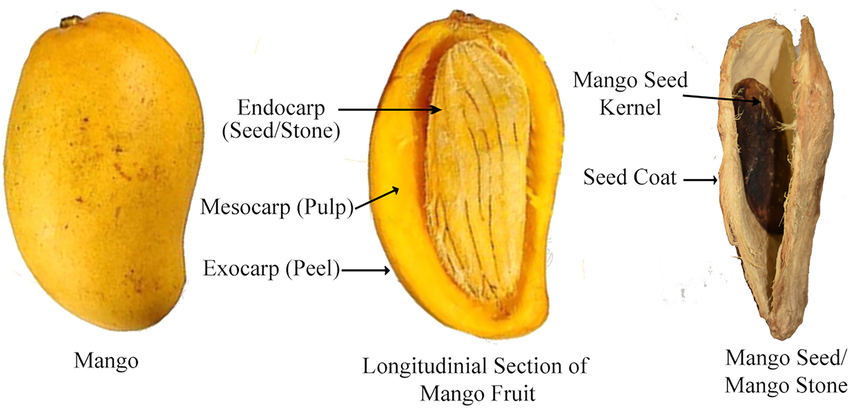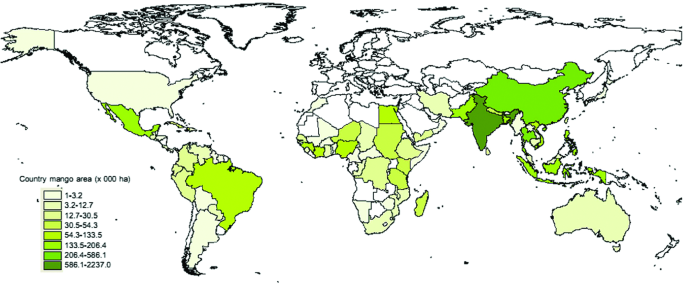MANGO
THE TROPICAL QUEEN
Discovering Mangoes
If you've ever wandered through a tropical market, chances are you've been enchanted by the alluring scent of mangoes. Native to South Asia and cherished for over 4,000 years, mangoes have traveled the world, bringing their rich flavors and vibrant colors to every corner.
Where Do Mangoes Grow?
Mangoes thrive in the warm embrace of tropical and subtropical climates. From the sun-drenched orchards of India and Thailand to the lush plantations in Mexico and the Philippines, mangoes are a true globe-trotter. Whether you're in the Americas, Australia, or Africa, there's a good chance you can find this delightful fruit.
A Variety for Every Palate
With over 500 varieties, there's a mango for everyone. Do you prefer the buttery smoothness of Alphonso, the tangy zest of Haden, or the sweet richness of Ataulfo? Each variety offers a unique taste experience, making mangoes a versatile addition to your fruit basket.
When is a Mango Ripe?
Selecting a ripe mango is an art:
Color Check: Depending on the variety, ripe mangoes may turn yellow, red, or orange.
Gentle Squeeze: A ripe mango will yield slightly to gentle pressure.
Aroma Test: A sweet, fruity aroma from the stem end is a sure sign of ripeness.
Picking and Enjoying Mangoes
Harvesting mangoes is a delicate process. They're usually handpicked when mature but still firm, allowing them to ripen to perfection off the tree. When you cut into a ripe mango, you'll be greeted by its juicy, sweet flesh that’s perfect for eating fresh, blending into smoothies, or adding a tropical twist to your favorite dishes.
The Sensory Delight
Imagine biting into a mango: the burst of sweetness, the creamy texture, and the fragrant aroma that transports you to a tropical paradise. That's the magic of mangoes.
Growing Your Own Mango Tree
Dreaming of growing your own mangoes? Here's what you need:
Climate: Mangoes love warm, frost-free climates.
Soil: Well-drained, sandy loam to loamy soil with a pH of 5.5 to 7.5.
Water: Consistent moisture without waterlogging.
Sunlight: Full sun to keep your tree happy.
Mangoes in Spirituality
In many cultures, the mango tree is a symbol of love, prosperity, and even immortality. In Hinduism, mango leaves are used in rituals and celebrations, believed to bring good luck and fortune.
Nutritional Powerhouse
Mangoes aren't just delicious—they're also packed with nutrients:
Vitamins: High in vitamins A, C, and E.
Minerals: A good source of potassium, magnesium, and copper.
Antioxidants: Rich in beta-carotene and polyphenols.
Culinary Magic
Mangoes can transform any dish:
Fresh: Enjoy them on their own or in fruit salads.
Cooked: Perfect for chutneys, curries, and desserts.
Preserved: Make delightful jams, juices, and dried snacks.
Health Benefits
Mangoes offer numerous health benefits:
Digestion: High in fiber to aid digestion.
Immunity: Rich in vitamin C to boost your immune system.
Skin Health: Antioxidants for a radiant complexion.
Vision: Vitamin A for healthy eyes.
A Fruit with a Rich History
Mangoes have woven themselves into the cultural fabric of many societies. From ancient legends in South Asia to modern culinary delights worldwide, mangoes have a storied past and a bright future.
Sustainability and Cultivation
While mangoes require a fair amount of water, sustainable farming practices can help. Organic farming and agroforestry methods ensure that mango cultivation can be both productive and environmentally friendly.
The Journey to Fruition
Patience is key when growing mangoes. It takes about 3-6 years for a mango tree to start bearing fruit, with peak production after 10-15 years. With proper care, your mango tree can provide delicious fruit for over 40 years.





